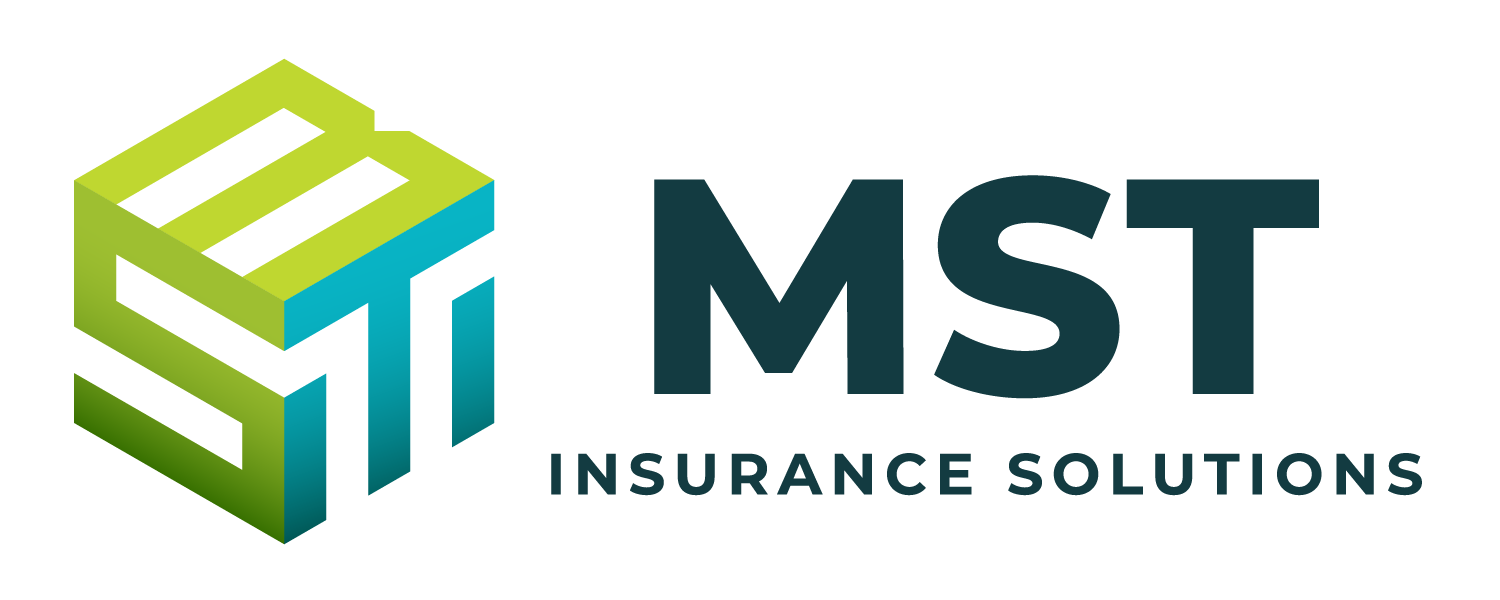Following decades of patent litigation and maneuvering, the first biosimilar to Humira is now available with many more to follow this year. Humira is a popular biologic drug used to treat inflammatory diseases such as rheumatoid arthritis and psoriasis. It’s the world’s all-time top-selling drug in terms of revenue, with an average annual cost of about $80,000 per patient. Employers, brokers and TPAs are all wondering, how will Humira biosimilars impact health care costs?
There has been a lot of buzz over anticipated cost savings from biosimilars. However, those savings may be realized more gradually than many expect. Employers, brokers and TPAs need to calibrate their expectations for how Humira biosimilars will impact the cost of prescription drugs for groups and members as part of a comprehensive cost-containment strategy.
What are biosimilars?
Biosimilars are biological products that are highly similar to an existing FDA-approved biologic, often referred to as the reference product, like Humira. Prior to FDA approval as a biosimilar, a biologic product must demonstrate there are no clinical meaningful differences to the reference product.
Though frequently confused, biosimilars are not the same as generics. Biologics are large, complex molecules made from living sources such as bacteria, yeast or animal cells. Traditional drugs are molecules with more simple structures than biologics. Generics for traditional drugs are chemical compounds that can be reliably and identically reproduced as soon as a brand-name drug’s patent expires — they are essentially exact copies of a chemical compound.
Biosimilars are approved through a different pathway than generics. Some people might call them “bio-generics,” but in fact they will always be brand-name products. That doesn’t mean they won’t create savings in the long term, though, because they still introduce competition.
Not all biosimilars are designated by the FDA as interchangeable, but those that are, depending on state laws, may be substituted for the reference product without the prescriber having to change the prescription. Even without the interchangeable designation, which requires additional layers of study and testing, the clinical safety and effectiveness of biosimilars are highly similar to the reference product.
Why are Humira biosimilars reaching the market now?
The Biologics Price Competition and Innovation Act (BPCI Act), enacted in 2010 as part of the Patient Protection and Affordable Care Act, created a pathway to development and FDA approval for biosimilars. Its aim was to increase patient access to lower-cost, high-quality medications for serious health conditions. Prior to this approval pathway, the manufacturer of a biologic was required to independently establish safety and efficacy of the biologic product. The BPCI Act established criteria for approval of biosimilar products and interchangeable biosimilars.
The principal patent for Humira expired in 2016 and the FDA has been approving Humira biosimilars ever since. In addition to that patent, AbbVie, the manufacturer for Humira, secured additional patents that extend protection to 2034. Biosimilar manufacturers settled with AbbVie to allow their drugs to reach the market beginning in 2023, more than a decade before AbbVie’s patents expire.
With the impending competition, costs are expected to come down — but how much and how quickly remains to be seen. It’s not likely to be as straightforward as simply buying a lower-cost equivalent. Of the $21 billion in Humira sales per year, likely more than $5 billion is rebated to PBMs and their clients.
PBMs likely will continue to offer greater rebates on Humira, and PBM contracts may also contain standard language that excludes biosimilars from pricing or rebate guarantees. Biosimilar manufacturers likely will employ additional strategies to gain market share including co-pay cards for deductibles and coinsurance, alternative funding programs, and injection training support programs.
Employers, and the brokers and TPAs who represent them, will want to closely watch how PBMs treat biosimilars on their formularies. PBMs that profit from big rebates on the originator product (Humira) might be less willing to give biosimilars preferred status, while other PBMs might see preferring biosimilars as a way to get an edge in the market.
Cost containment beyond biosimilars
Biosimilars are paving the way for less-expensive alternatives to complex and costly drugs. While there is a lot of excitement around them, the cost-saving effects likely won’t be dramatic at first. Brokers and TPAs should also be exploring other cost-saving strategies on the pharmacy side of the benefit that they can implement for their clients to have a greater effect more quickly.
These tools include finding a PBM with greater flexibility or building more flexibility into the contract to ensure access to third-party programs. Income-based manufacturer assistance programs for high-cost specialty drugs can reduce costs, as can international sourcing or going through a specialty pharmacy outside the PBM.
Humira biosimilars have the potential to cut U.S. drug spending by billions. But that potential won’t be realized for some time and employers struggling with rising pharmacy costs can’t wait. For an individual employer, biosimilars are only one piece of the cost-containment puzzle.
Source: Humira biosimilars are finally here: What brokers and TPAs need to know


